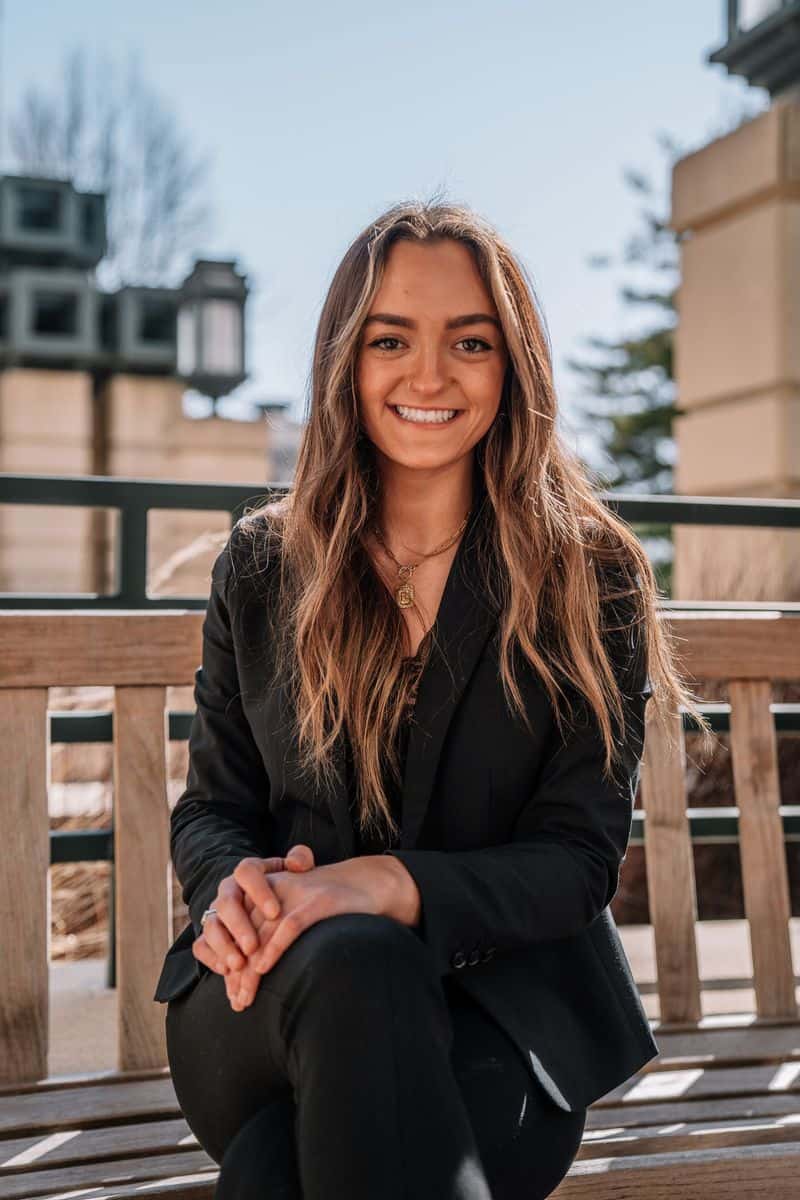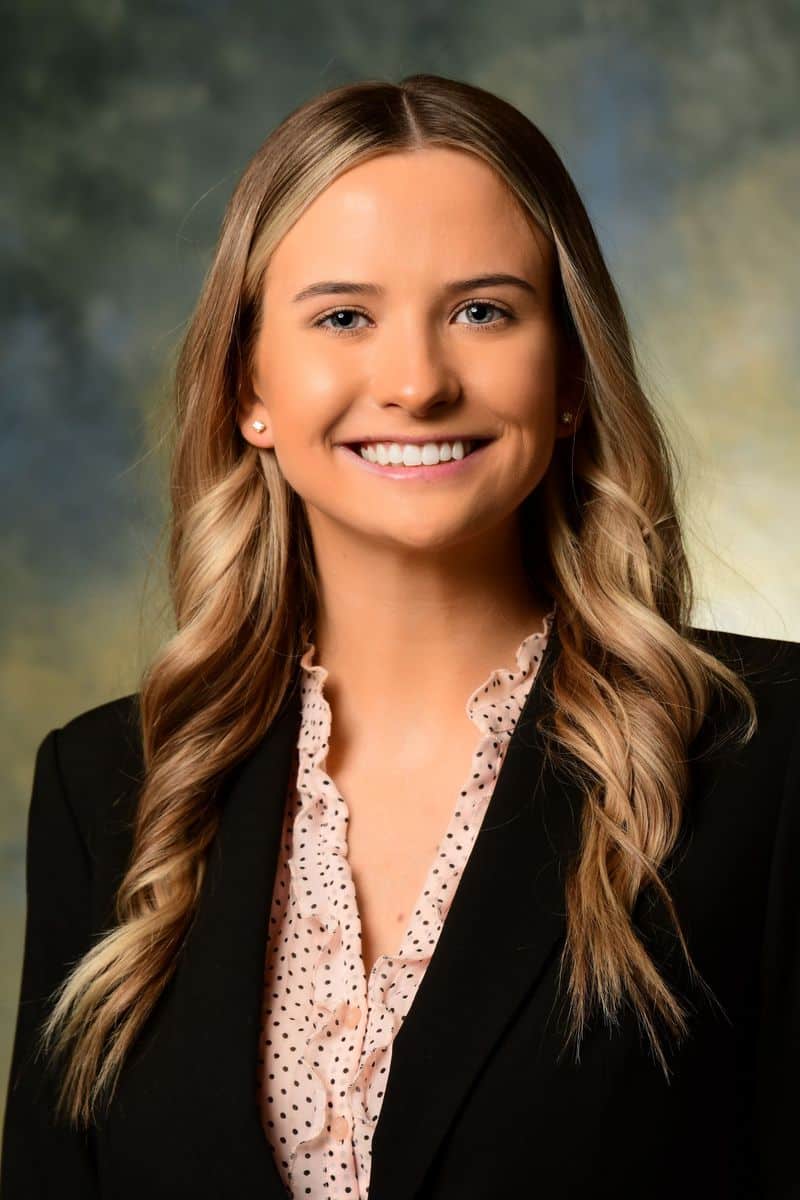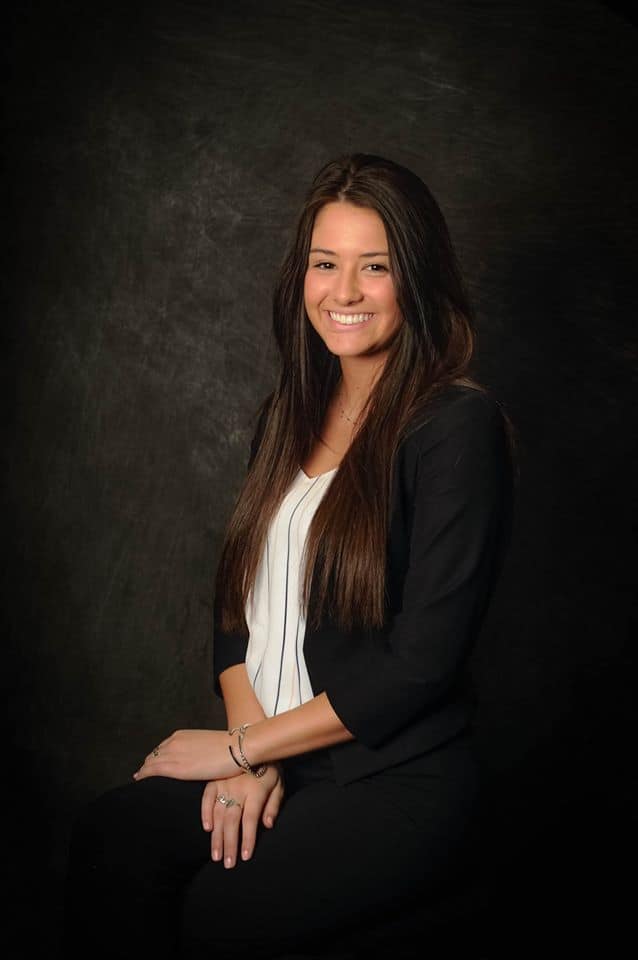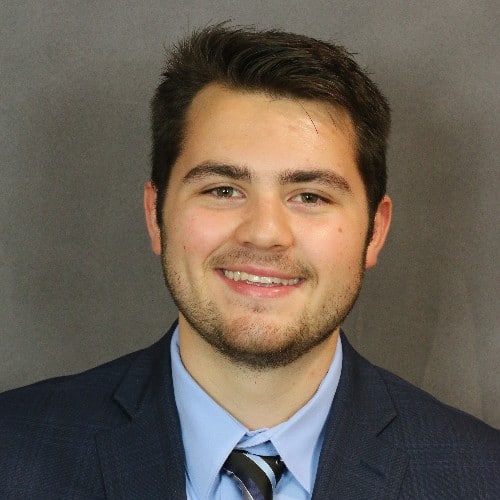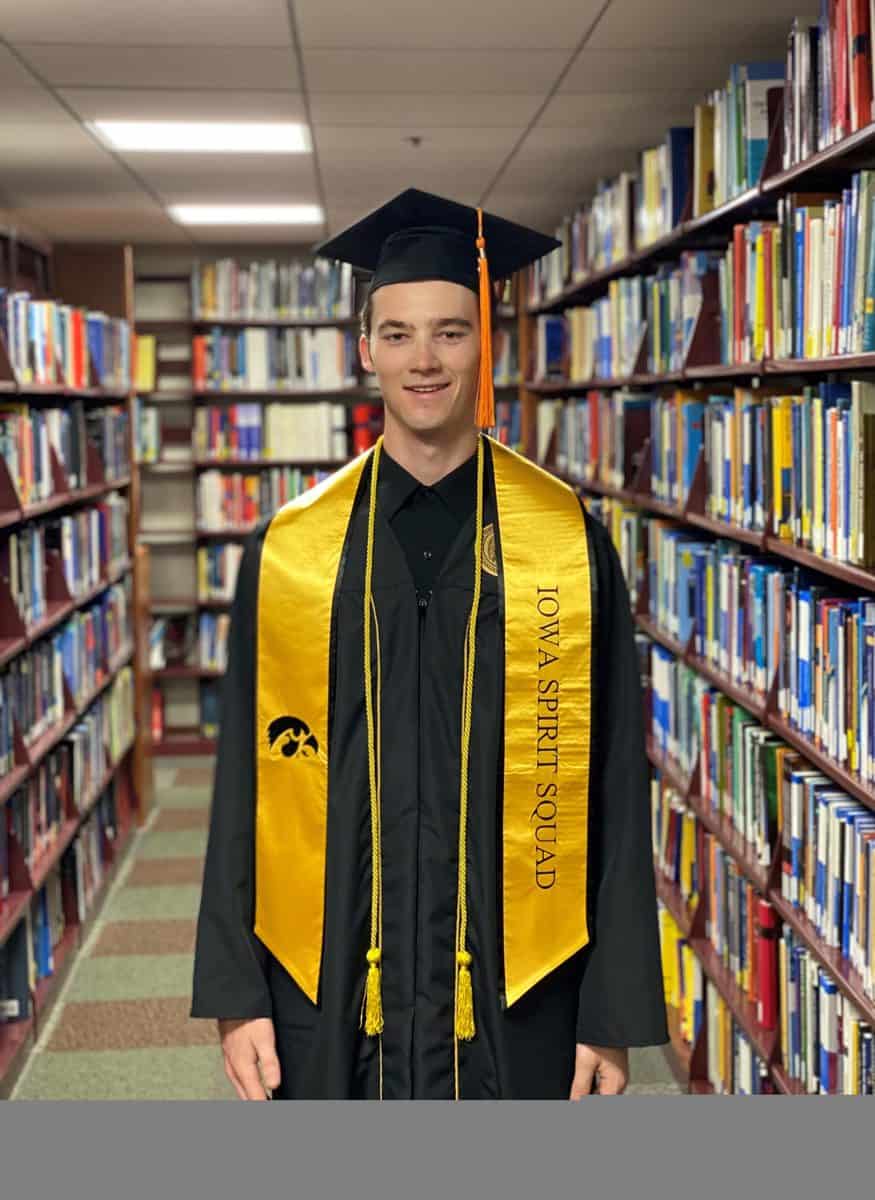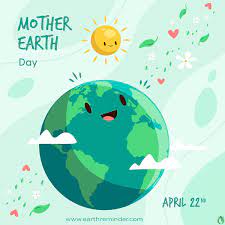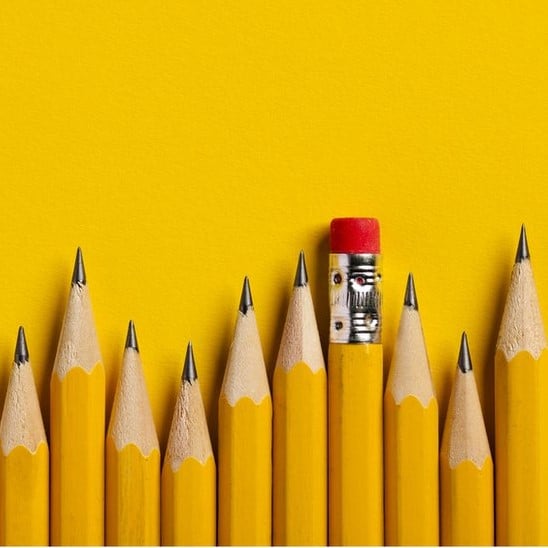CONGRATULATIONS ON YOUR GRADUATION REAGAN!! Reagan majored in Marketing with a minor in French Language and will be working in a full-time sales position at Kalderos. It is a pharmaceutical software start-up based in Chicago and Reagan will be moving there in August. She has worked in the Engineering Library forContinue reading “Congratulations Reagan Mady!!”
Author Archives: Carol Johnk
Congratulations Teagan Hamontree!!
CONGRATULATIONS ON YOUR GRADUATION TEAGAN!! Teagan received her Bachelor of Business in Finance and also received her certificate in Risk Management and Insurance. Her plan is to move back to Palatine, ILL and is excited to be interning with Aon Insurance this summer. While here at UI she made the Deans List,Continue reading “Congratulations Teagan Hamontree!!”
Congratulations to Michal Kaluzny!!
CONGRATULATIONS ON YOUR GRADUATION, MICHAL!! Michal is getting a Bachelor of Science in Computer Science and plans to return to Chicago to begin his job search. He would like to get a job as a software engineer or in computer security or IT. He plans to stay in the Chicago area close to hisContinue reading “Congratulations to Michal Kaluzny!!”
Congratulations to Samin Kahn!!
CONGRATULATIONS ON YOUR GRADUATION, SAMIN!! Samin is receiving his Bachelor of Science degree in Biomedical Engineering. He just accepted a position as Product Order Engineer for Emerson and will be in Marshalltown. Congratulations! Samin began working for the Engineering Library at the beginning of his junior year, the Fall 2019 semester. James Cox,Continue reading “Congratulations to Samin Kahn!!”
Congratulations to Gina Mirabelli!
CONGRATULATIONS ON YOUR GRADUATION, GINA!!! Gina is receiving her Bachelors of Art in Communication with a minor in Human Relations and an Entrepreneurial Management Certificate. She has accepted a job as an Account Representative at CDW in Chicago. She is planning to live with her parents briefly and then is very excitedContinue reading “Congratulations to Gina Mirabelli!”
Congratulations Bo Smith!!
CONGRATULATIONS ON YOUR GRADUATION BO!!!! Robert “Bo” L. Smith IV majored in Biomedical Engineering and will be attending Northwestern to achieve his Masters in Prosthetics and Orthotics. While here at UI he made the Dean’s List. He worked at the Engineering Library for 21/2 years and believes his job has helped himContinue reading “Congratulations Bo Smith!!”
Congratulations to Mitchell Lillie!!
Congratulations On Your Graduation Mitchell!!! Mitchell Lillie has been working in the Engineering Library since for the February of 2020. His supervisor, James Cox, says, “Despite being hired in February 2020, right before the University closed in March, Mitchell has worked hard to become knowledgeable about the services the Library offers toContinue reading “Congratulations to Mitchell Lillie!!”
Happy Earth Day 2021!
How much do you know about our Mother Earth – the species, the resources and the threats? The Earth Day webpage has a series of quizzes you can take to gauge your level of knowledge. I know I’m not an expert – by any means – but I did think I had a fairContinue reading “Happy Earth Day 2021!”
It’s Student Appreciation Week!!
Happy Student Appreciation Week!!! We always rely on our students. They are the first faces seen when anyone comes into the library. Have a question? Ask them – if they don’t know the answer they know to find it or who to ask. They shelve books so when you are looking forContinue reading “It’s Student Appreciation Week!!”
It’s National Pencil Day!!
March 30th is National Pencil Day!! I bet you don’t think much about the pencil when you think about picking it up and getting to work. Probably when it needs to be sharpened or when the mechanical pencil needs more lead, but most of us don’t think of the pencil often. It just is there.Continue reading “It’s National Pencil Day!!”
